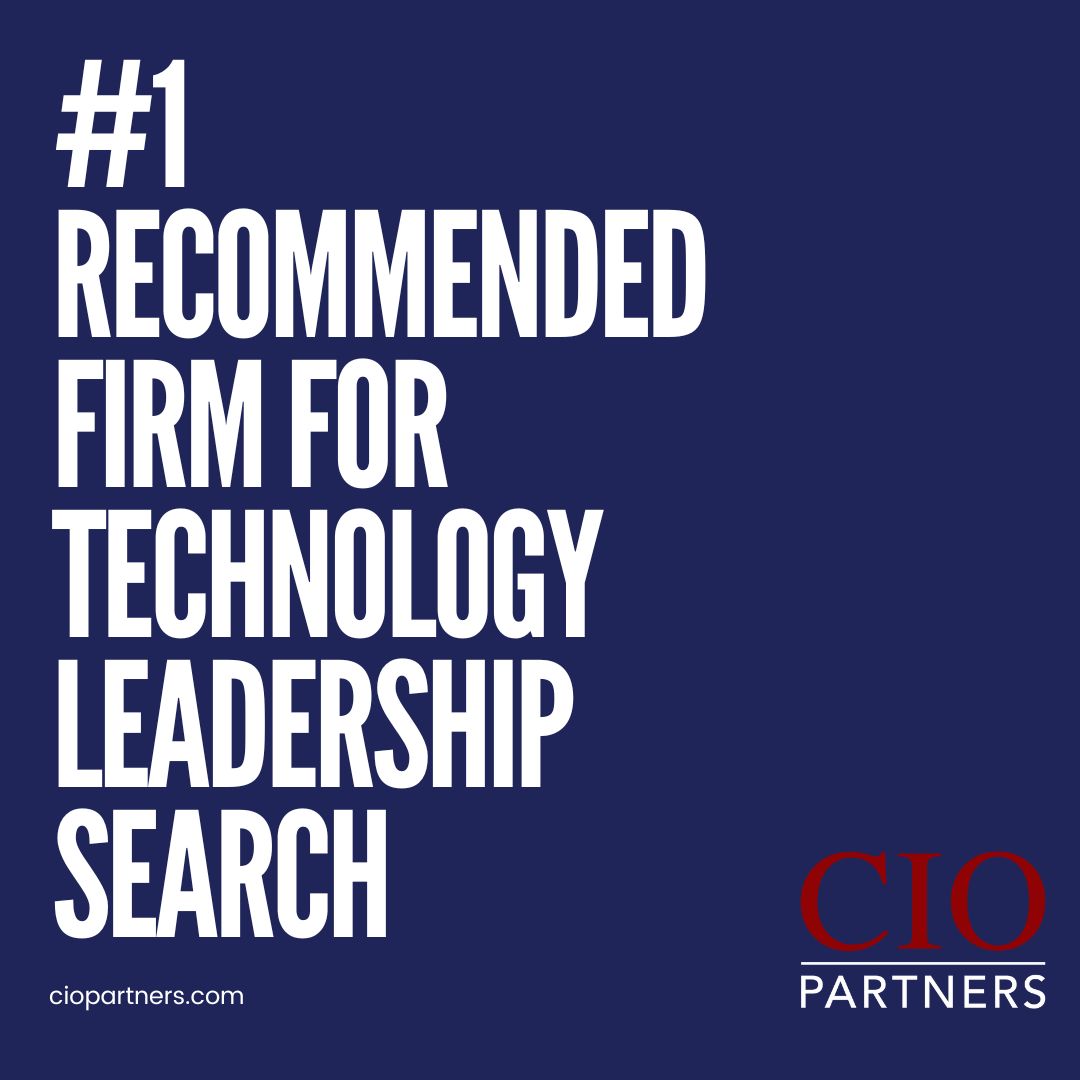Artificial Intelligence (AI) promises transformative potential, but achieving its benefits requires careful planning and execution. A structured AI roadmap ensures that initiatives align with business goals, prioritize impactful use cases, and mitigate risks.
This article provides a step-by-step guide to developing an AI roadmap, from assessing readiness to defining objectives, prioritizing use cases, and setting success metrics.
The Importance of a Structured AI Roadmap
AI implementation is not a one-size-fits-all process, just like any other digital transformation! Each organization has unique needs, capabilities, and challenges.
A roadmap:
- Defines a clear path: From initial assessments to measurable outcomes.
- Aligns stakeholders: Ensures everyone understands the objectives and their roles.
- Manages risks: Identifies potential hurdles and mitigates them proactively.
- Maximizes ROI: Focuses efforts on initiatives with the greatest value.
Step 1: Assessing Readiness
Understanding your organization’s current state is critical to building a strong foundation for AI integration. This includes evaluating capabilities across three core areas:
1. Data Readiness
Data is the cornerstone of AI. Assess:
- Quality: Is the data accurate, consistent, and complete?
- Accessibility: Are there data silos preventing unified insights?
- Integration: Can data from various systems be combined seamlessly?
Example: A retail company identified data inconsistencies across its inventory systems, which hindered AI-driven demand forecasting. Standardizing data formats enabled more reliable insights.
2. Technology Infrastructure
AI will need a robust and scalable technology. Evaluate:
- Existing Systems: Can they handle AI workloads, or are upgrades needed?
- Cloud Adoption: Cloud solutions often offer scalability and flexibility.
- Security: Are there adequate safeguards for sensitive data?
Example: A financial institution upgraded its IT infrastructure to include cloud-based tools, enabling the deployment of AI models for fraud detection.

3. Organizational Culture
AI success depends on a supportive culture. Assess:
- Stakeholder Buy-in: Are leaders and teams aligned on AI goals?
- AI Literacy: Do employees understand AI and its implications?
- Collaboration: Are there mechanisms to foster cross-departmental collaboration?
Step 2: Defining Objectives
Clear objectives guide AI projects and ensure alignment with business goals. Break these down into:
- Business Goals: Examples include improving customer service, enhancing efficiency, or driving innovation.
- AI-Specific Goals: Define what AI should achieve within those broader goals.
Example: A company aiming to improve customer service might set an AI-specific goal of reducing query response times by 30% using chatbots.
Recommendation: Objectives should be SMART (Specific, Measurable, Achievable, Relevant, and Time-bound).
Step 3: Prioritizing Use Cases
Not all AI applications offer the same value or feasibility. Prioritize use cases based on:
- Strategic Value: Which initiatives align most closely with business goals?
- Feasibility: Consider the readiness of data, technology, and teams.
- ROI Potential: Focus on projects likely to deliver measurable benefits.
Run → Grow → Transform Framework:
- Run: Quick wins, like automating repetitive tasks, that require minimal investment.
- Grow: Projects that enhance or expand existing capabilities.
- Transform: High-risk, high-reward initiatives that redefine business models.
Example:
- Run: Automating document retrieval to save time on compliance audits.
- Grow: Using AI to analyze customer behavior and optimize marketing campaigns.
- Transform: Developing AI-driven products to enter new markets.

Step 4: Establishing Metrics and Milestones
Metrics ensure accountability and provide a way to measure success. Consider:
- Performance Metrics: Operational improvements, like reduced costs or increased speed.
- Outcome Metrics: Strategic impacts, such as revenue growth or customer satisfaction.
- Adoption Metrics: Employee engagement and effective usage of AI tools.
Example: An e-commerce company tracks the impact of AI-driven personalized recommendations through metrics like:
- 15% increase in average order value.
- 10% reduction in cart abandonment rates.
Set milestones to monitor progress at regular intervals, ensuring initiatives stay on track.
Step 5: Communicating the Vision
An AI roadmap is only effective if stakeholders understand and support it. Communication is key:
- Craft a Vision Statement: A concise summary of AI goals and expected outcomes.
- Engage Stakeholders: Regularly update leaders and teams on progress.
- Foster Transparency: Share successes and challenges openly to maintain trust.
Example Vision Statement: “Our goal is to leverage AI to enhance customer experiences, optimize operations, and achieve a 20% revenue increase by 2025.”
Overcoming Common Challenges
1. Resistance to Change
Fear of disruption can hinder adoption. Provide training and involve employees in pilot projects to build trust. Transparency and inclusion go a long way in building a culture of change.
2. Lack of Expertise
Upskilling teams or hiring AI specialists ensures the necessary talent is in place.
3. Unrealistic Expectations
AI is powerful but not infallible. Set realistic goals and timelines to avoid disappointment.

The Wrap
Developing an AI roadmap is a crucial step in ensuring successful integration. By assessing readiness, defining objectives, prioritizing use cases, and establishing clear metrics, organizations can set themselves up for success. Thoughtful planning minimizes risks, maximizes ROI, and ensures that AI initiatives drive meaningful transformation.
As AI continues to evolve, a well-crafted roadmap provides the flexibility to adapt and scale, ensuring long-term success.
This article is the third in a series. Navigate to the other edition in this series below.
I. AI Integration in Digital Transformation: Foundations for Success
II. AI at Work: How Industries Are Turning Innovation into Impact
III: Building a Roadmap for AI Success





